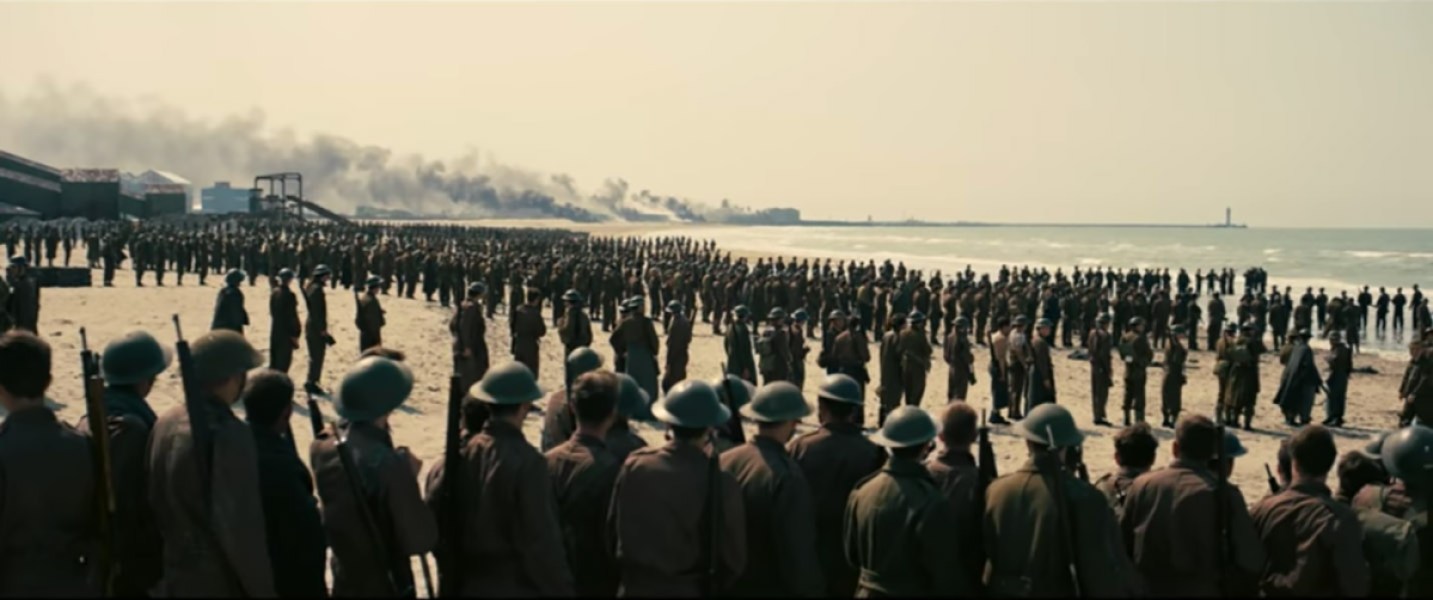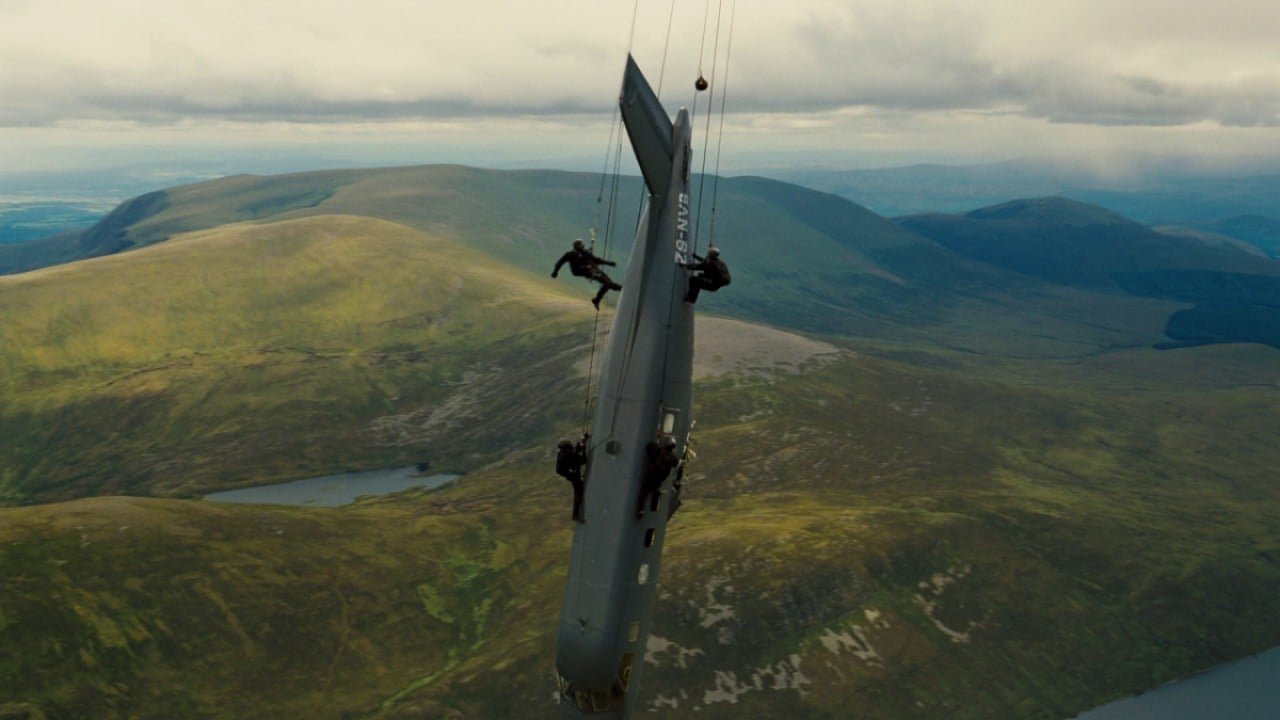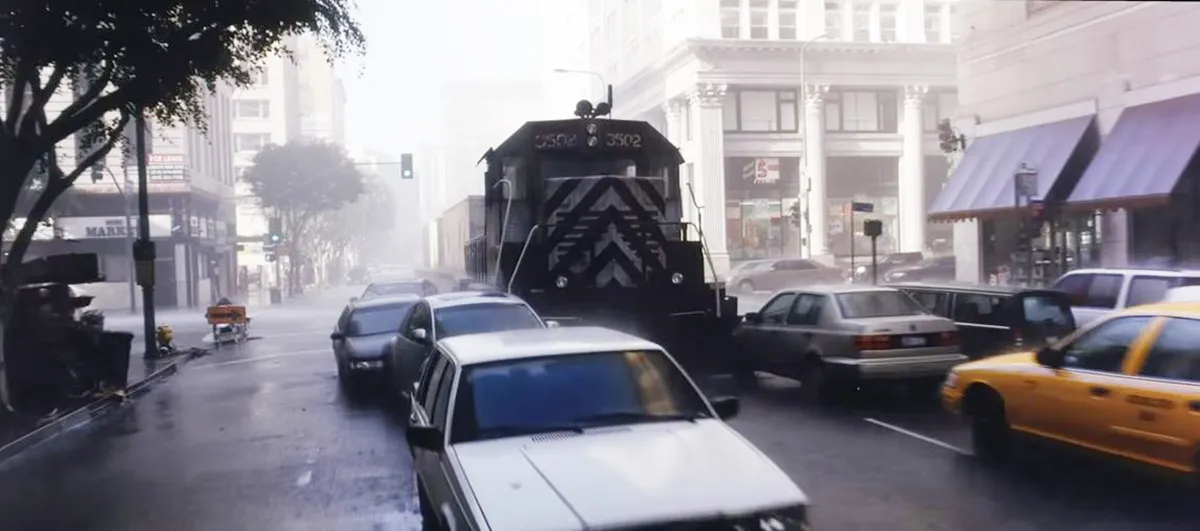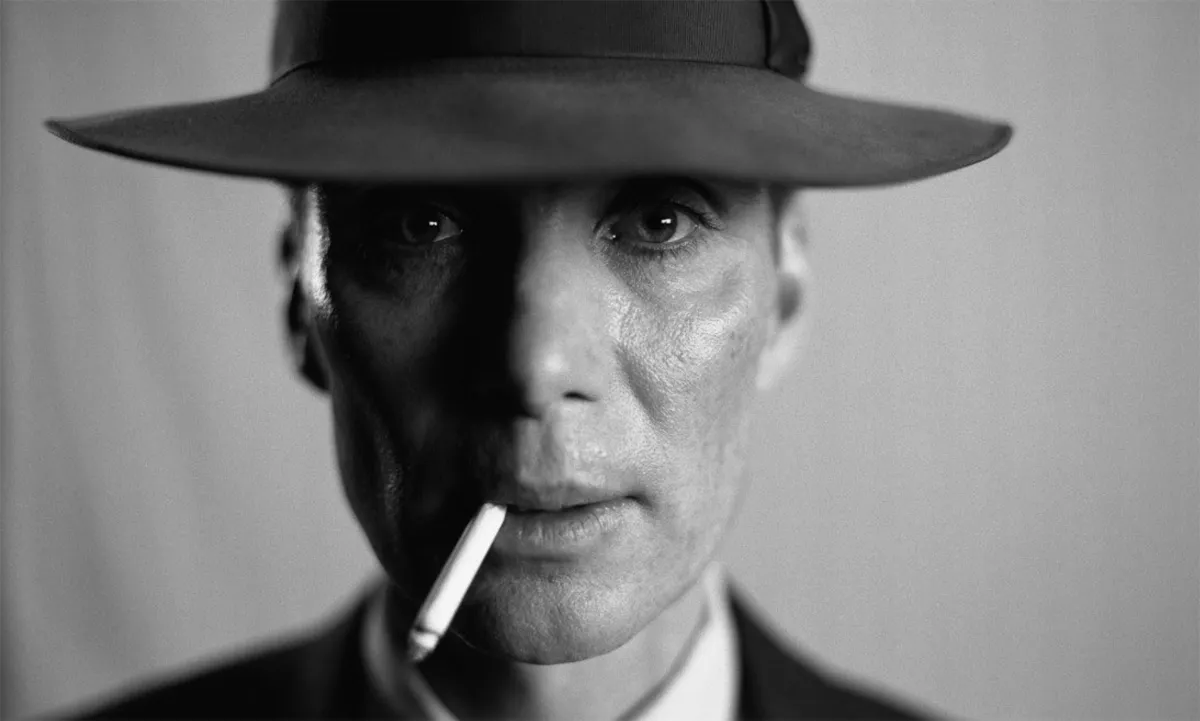Christopher Nolan is one of my all-time favorite directors. I am a self-appointed Nolan Bro because I just love how outrageous he is in his filmmaking approach. When it comes to directors and their relationship to CGI, there are two ends of the spectrum. There are directors like James Cameron, who makes movies that are entirely based on CGI technology, and then there are directors like Christopher Nolan, who would rather use cardboard cut-outs to fill out a crowd than dare to use CGI.
There are benefits to both, but I absolutely love how much Christopher Nolan refuses to use CGI to make the filmmaking process just a little bit easier. Instead, he’d rather go out of his way to prove that you can still use practical effects to make your movies, and honestly, I have to respect it.
With all of that in mind, let’s talk about the 10 most outlandish practical effects Christopher Nolan has pulled off (somehow Tenet only has one entry).
10. Flipping a truck for The Dark Knight

Now this is probably the tamest of his practical effects, which is saying something. In The Dark Knight, a truck is flipped during a chase sequence—not just a regular truck, but a big semi-truck. The truck flips over on an empty street in Chicago where Nolan filmed the second film in his Batman trilogy. And the truck really did flip over in the middle of the street because that’s just the kind of guy Nolan is.
Why use a computer to do something when you can just destroy a truck instead?
9. The corn field in Interstellar

You could make CGI corn, or you could grow your own corn field and then sell the corn after production has wrapped. Nolan chose the more agriculturally friendly option and made a huge corn field for Interstellar—since it is one of the only crops still growing on the dying Earth of his sci-fi epic. Nolan decided to just get his own corn field instead of heading to his laptop to recreate one.
8. Using cardboard cut-outs in Dunkirk

Now this is absolutely baffling, but I love him for it. The easy solution for creating big crowds if you don’t want to cast a bunch of extras is to digitally add in people, which is fine because you can’t see their faces, right? It just makes sense and is practical—but not in the strict “practical effects” sense if you’re using computer technology to do it instead of relying on something tangible. And that is why Nolan used cardboard cut-outs to fill out crowd scenes in Dunkirk, and it is hilarious.
7. Mid-air plane heist in The Dark Knight Rises

Why? I don’t know. Is it cool, though? Absolutely. Instead of creating this mid-air heist scene on a sound stage (where you could still use a plane, Christopher!), Nolan decided to actually do this with a miniature plane and stunt work, and then drop a real plane at the end instead of doing it with a computer. And that is a testament to the lengths that Nolan is willing to go to make his films work.
6. Creating a literal dust bowl for Interstellar

Yet again, another thing you’d instantly think was just digitally placed into the movie. The dust bowl comes as the planet is dying, though we see dust throughout the entire movie. It comes into play toward the end when we see a bookshelf covered in dust, and it’s important to the overall story, but it is also practical because of course it is. He really just created a dang dust bowl because he’s Christopher Nolan and he could do it.
5. The freight train in Inception

Now this one is a bit different because Nolan did not actually drive a train through downtown Los Angeles for the dream sequences in Inception, but he did disguise a truck to look like one! The scene is very much a practical effect. Instead of laying down train tracks in the middle of the street, Nolan used a little bit of movie magic to make it look like a train was hitting a bunch of cars, when in reality it was a truck.
4. That aggressive hallway-spin in Inception

Remember when that car is flipping over while Arthur is fighting in a hotel hallway and then in a room and the set is rotating around? That was all real. The room actually spun and the actors were not on wires. Probably the most fascinating part of this to me is that Nolan was allowed to put his actors in this situation without wires and insurance, and he just said, “yup, good to go.”
Nolan, this is why I think you’re brilliant. This was something that could have been digital and would have obviously been CGI but it looks so real because it was. God, I love Inception.
3. Attaching cameras to fighter jets for the dog fight in Dunkirk

Why put small cameras on planes to film a dog fight when you can put an IMAX camera up there and get everything in the highest quality? Well, that’s the question Christopher Nolan asked himself before filming Dunkirk. He literally just strapped on some IMAX cameras and had the actors do the fight sequences, which is why it looked so good in the final cut of the film.
2. Buying and crashing a plane for Tenet

Nolan loves to buy a plane and crash it, and that’s what he did for Tenet! Remember the scene when they’re running around the airport after driving a plane into a building? Well, Nolan literally drove that plane into a building. Which, come on—at this point in the list you have to realize that obviously that’s what he did. He’s Christopher Nolan. He loves to be over the top because he can!
1. Recreating the look of an atomic bomb for Oppenheimer

Let me be clear: Nolan did not actually set off an atomic bomb. In making Oppenheimer, a movie about the man who was responsible for the A-Bomb, Nolan did what he always does: Use practical effects over CGI. In a movie where an atomic bomb will most definitely go off, you’d hope that he didn’t convince the government to let him do it—which is the case. He’s not actually setting off an atomic bomb and messing up the environment even more.
“It’s a story of immense scope and scale, and one of the most challenging projects I’ve ever taken on in terms of the scale of it, and in terms of encountering the breadth of Oppenheimer’s story,” Nolan said to Total Film. “There were big, logistical challenges, big practical challenges.”
For Oppenheimer, Nolan recreated the Trinity Test by using so much TNT that it looked like the mushroom cloud from an atom bomb. So it’s still a big ol’ bomb, just not an actual atomic bomb. But it is Christopher Nolan, so I wouldn’t exactly put it past him to try it anyway.
(image: Dominique Charriau, Getty Images)










Published: Dec 23, 2022 04:54 pm